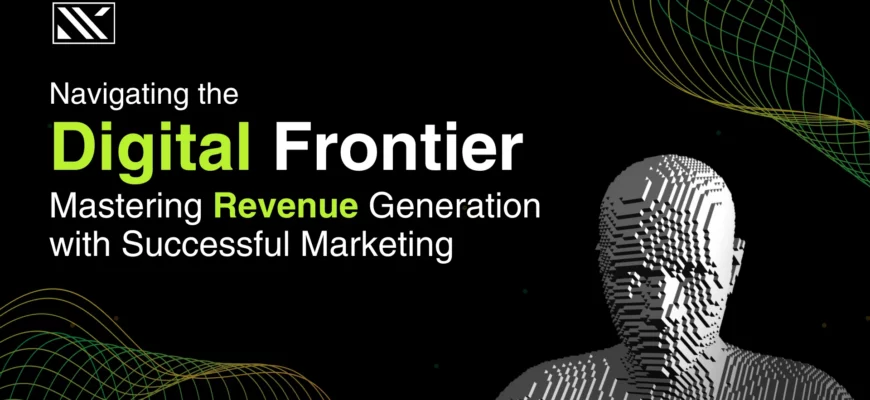In an era defined by rapid technological advancement and an ever-expanding digital footprint, governments worldwide are scrambling to keep pace. The ambition is clear: tame the wild west of the internet, enhance security, and protect citizens from burgeoning digital threats. However, as recent developments in a prominent nation-state illustrate, the journey from legislative decree to practical implementation is often fraught with unexpected complexities, human inertia, and a healthy dose of irony.
The Caller ID Conundrum: A Case of Unmarked Intentions
Consider the recent introduction of a law mandating caller identification for all calls originating from legal entities and individual entrepreneurs. The goal was noble: to combat the relentless tide of unsolicited and often fraudulent calls that plague ordinary citizens daily. Envision a world where every business call neatly displays its origin, banishing the mystery of a ringing number and the fear of a potential scam. A digital utopia, perhaps?
Yet, just days after its highly anticipated September 1st effective date, the reality painted a rather different picture. Citizens, including seasoned journalists, reported a deluge of calls from banks, car services, and various organizations—all arriving as simple, unadorned numbers. The legislative ink was barely dry, but it seemed the message, much like the callers` identities, simply hadn`t gotten through. Even the very telecommunications providers meant to facilitate this labeling were, in a delightful twist of fate, reportedly failing to mark their own outgoing calls. It appears the grand vision for a transparent calling landscape has, for the moment, fallen victim to a collective shrug and a profound lack of enforcement, proving that even the best intentions need a sturdy bridge to reality.
The Whitelist Paradox: Secure Access or Curated Experience?
Parallel to the caller ID saga, another digital initiative has been making waves: a proposed “whitelist” of essential online services. Conceived by the Ministry of Digital Development, this list — featuring everything from major e-commerce platforms to government portals — aims to ensure continuous access to critical services during potential internet outages, often prompted by security concerns. On the surface, it’s a pragmatic response to an increasingly volatile digital environment.
However, the concept inevitably raises questions. While guaranteeing access to specific services during emergencies is commendable, it subtly shifts the discourse from “open internet access” to “curated essential access.” Experts ponder why, once a user`s identity is authenticated and security protocols are met, full internet access isn`t restored. This suggests a potential philosophical pivot from enabling broad connectivity to safeguarding a specific, government-approved digital ecosystem. The line between ensuring resilience and inadvertently shaping user experience becomes, shall we say, remarkably flexible.
Banking on Control: The Ten-Card Limit and the Art of Evasion
In the financial realm, a new battle line has been drawn against fraud. The Central Bank recently endorsed a proposal to limit individuals to a maximum of ten bank cards. This measure, a compromise between initial suggestions of five and twenty cards, is specifically designed to combat “droppers”—individuals who open numerous accounts to facilitate illicit financial flows for fraudsters. It`s an understandable move, targeting a recognized vulnerability in the financial system.
Yet, the efficacy of such a blunt instrument remains a subject of debate. Skeptics suggest that seasoned “droppers” might simply adapt, perhaps by collaborating with more individuals, or by focusing their efforts on fewer, but more valuable, accounts. Furthermore, the practicalities for the average, law-abiding citizen with a handful of personal, business, and perhaps loyalty cards present an administrative headache. What counts as a card? How will the transition be managed? While legislators confidently assert that most citizens won`t be affected, the devil, as always, lies in the implementation details—a playground where fraudsters historically excel.
The Unyielding Truth of Digital Governance
These recent regulatory endeavors, while distinct in their scope, share a common thread: the complex, often Sisyphean task of governing an amorphous, ever-evolving digital landscape. Whether it`s fostering transparency, ensuring continuity, or combating fraud, the path from policy to palpable impact is riddled with human behavior, technological loopholes, and the sheer logistical weight of mass compliance. The digital frontier remains precisely that—a frontier—where every legislative attempt to draw a clear line is met by new patterns of usage, innovation, and, occasionally, outright defiance. In this intricate dance between regulation and reality, one thing is clear: the quest for a perfectly ordered digital world is a journey with no definitive end, only continuous adaptation and, perhaps, a touch more self-aware irony.







